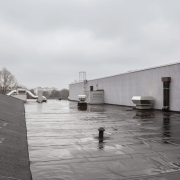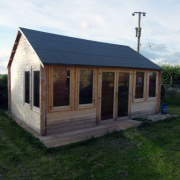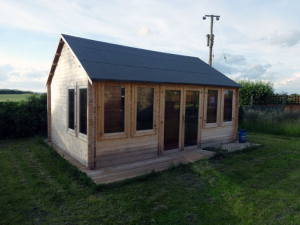Top Solutions for Residential Flat Roof Drainage Systems
How do you manage water drainage on your residential flat roof drainage? This article covers top solutions to prevent water accumulation, leaks, and damage. You’ll learn about different drainage systems, their advantages, and the best maintenance practices to keep your flat roof in great shape.
Key Takeaways
-
Proper drainage is critical for residential flat roofs to prevent water accumulation, leaks, and structural damage.
-
Common drainage systems include internal drains, scuppers, and gutters, each suited for different roof designs and maintenance needs.
-
Regular inspections and maintenance are essential for the longevity of flat roof drainage systems, and professional services can help identify hidden issues.
Why Residential Flat Roofs Need Proper Drainage
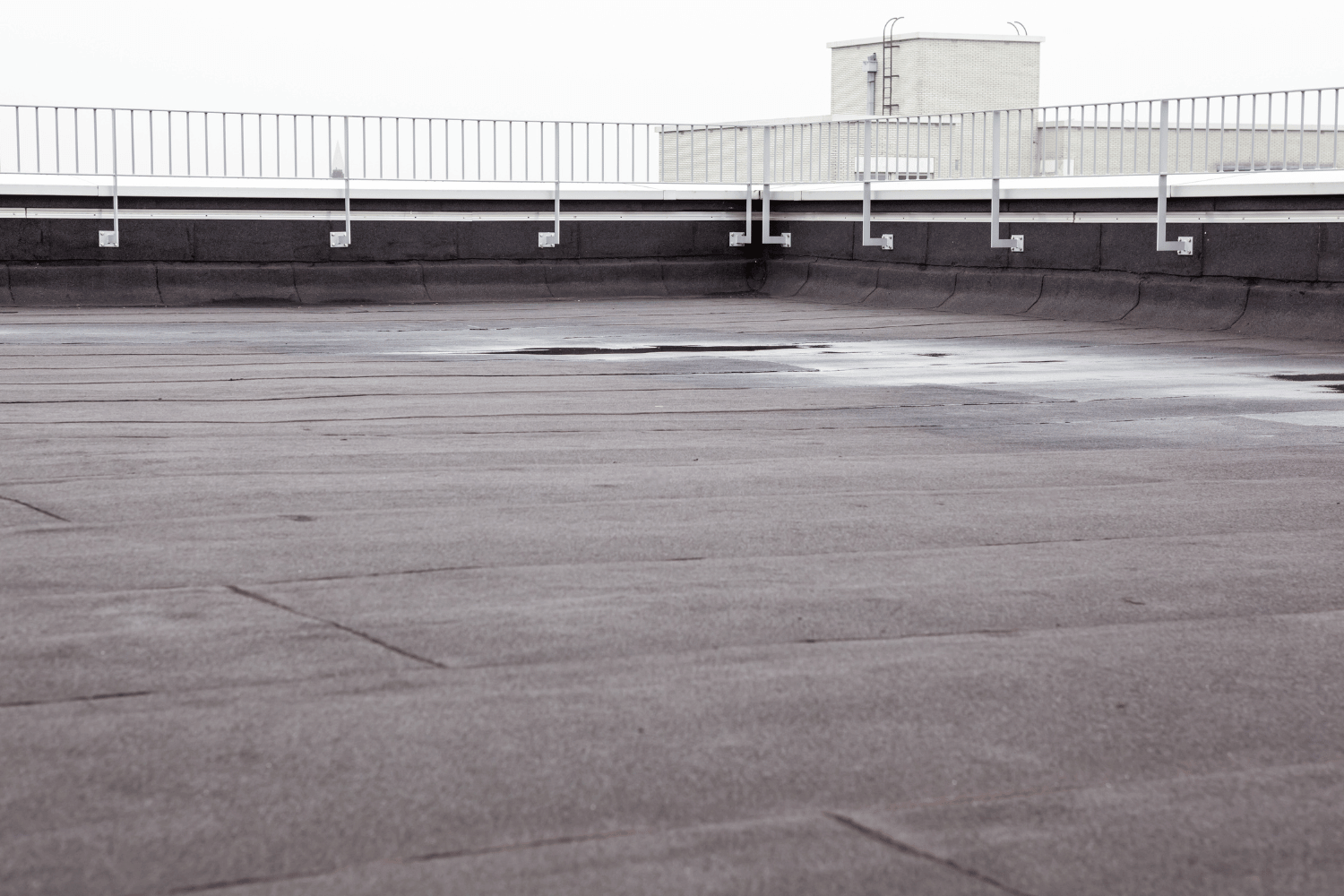
Flat roofs, unlike their sloped roofs, are more prone to water-related issues due to their horizontal orientation. Without effective flat roof drainage systems, water can accumulate and lead to prolonged exposure, making flat roofs susceptible to leaks and costly structural damage. Commonly, issues such as ponding water arise from poor drainage, which can deteriorate roofing materials and compromise the roof’s integrity over time.
A well-designed drainage system is pivotal in preventing these problems. Effective drainage solutions not only avoid water pooling but also maintain the integrity of the roofing materials, ultimately extending the lifespan of the flat roof. Imagine the difference between a roof that consistently handles water efficiently and one that struggles with frequent leaks. The former ensures peace of mind and protects your investment.
Regular upkeep of flat roof drainage systems prevents issues like leaks and blockages, keeping the system effective over time. Implementing the right drainage solutions enhances your roof’s performance, safeguarding your home’s structural integrity and longevity.
Common Residential Flat Roof Drainage Systems
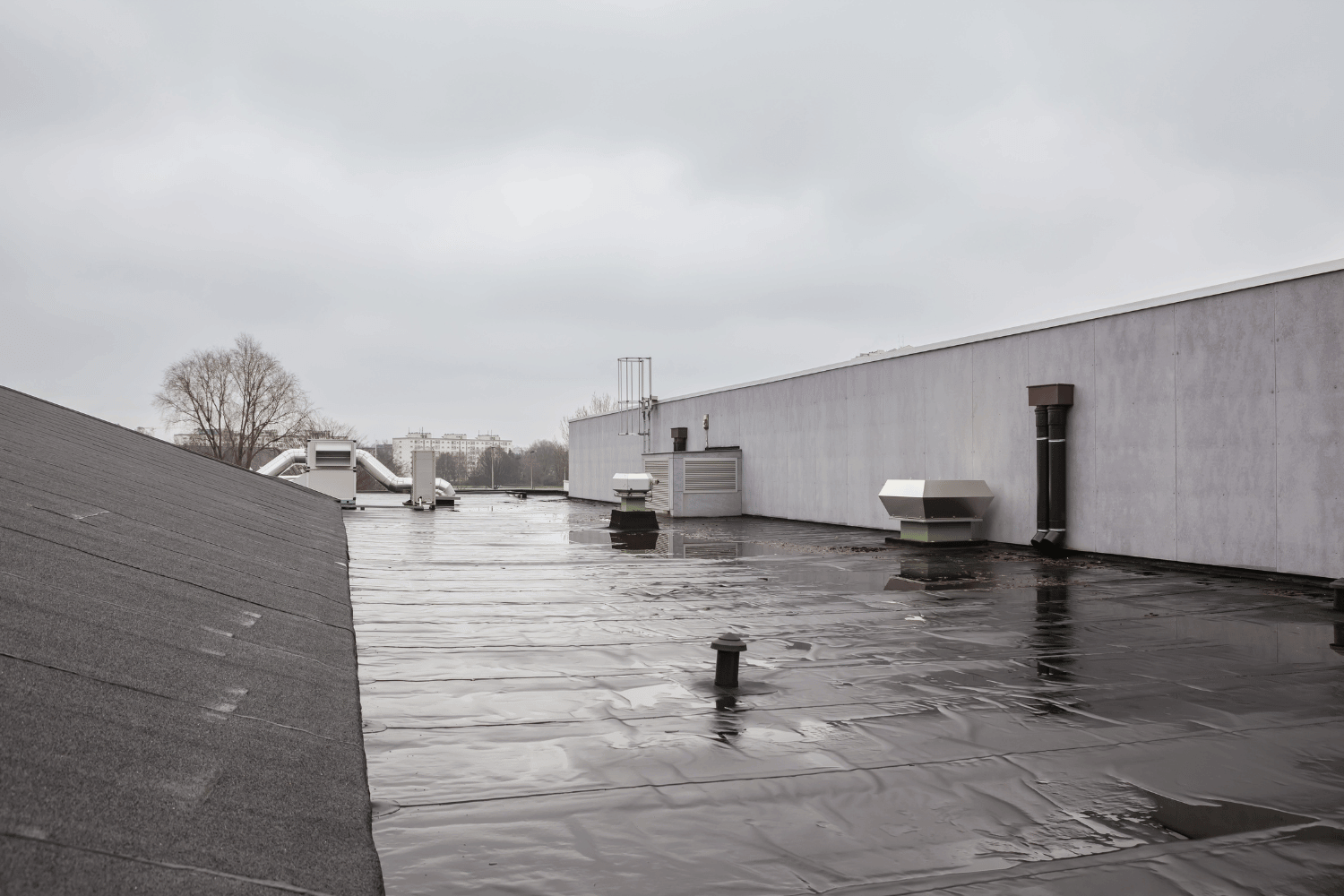
When it comes to managing water on completely flat roofs, several common drainage systems are frequently employed. These include internal drains, scuppers, and gutters, each offering unique benefits and suited for different roof designs and needs.
Choosing the right system ensures effective water management and roof protection for your home.
Internal Drains
Internal drains are a popular choice for flat roof drainage systems, particularly for larger roofs. These systems work by collecting water through multiple drain openings connected to hidden pipes, directing water away from the building. Typically positioned at the center of the roof, internal drains are designed to minimize the visibility of plumbing components, maintaining the roof’s aesthetics. Proper installation and regular maintenance of these drains ensure efficient water flow and prevent blockages that could cause significant damage.
Internal drainage systems maintain a clean and uncluttered roof surface by hiding inner drains, offering an aesthetically pleasing solution. Regular maintenance keeps the drains functioning properly, avoiding potential water accumulation and blockages.
Scuppers
Scuppers are another effective solution for flat roof drainage. These are openings in the exterior walls that allow rainwater to drain from the roof. Scuppers require a parapet wall to work effectively, as they direct water through large openings in the walls, preventing water buildup on the roof. Once water exits through the scuppers, it can be directed into gutters or downspouts via conductor heads for further management.
Favored for their simplicity and cost-effectiveness, scuppers are easy to install, rarely clog, and are budget-friendly. They prevent water damage and ensure the longevity of the flat roofing system.
Gutters
Gutters play a crucial role in flat roof drainage systems by directing water away from the roof’s surface. They collect water along the roof edges and channel it through downspouts to ensure efficient drainage. Gutters are particularly effective on smaller roofs that have a slight slope towards their edges, which helps in preventing water accumulation and structural damage.
Gutters require regular maintenance to function effectively. Periodic inspections and cleaning prevent clogging and water overflow, helping to avoid potential water damage and extend the lifespan of your roofing system.
Advanced Drainage Solutions for Residential Flat Roofs
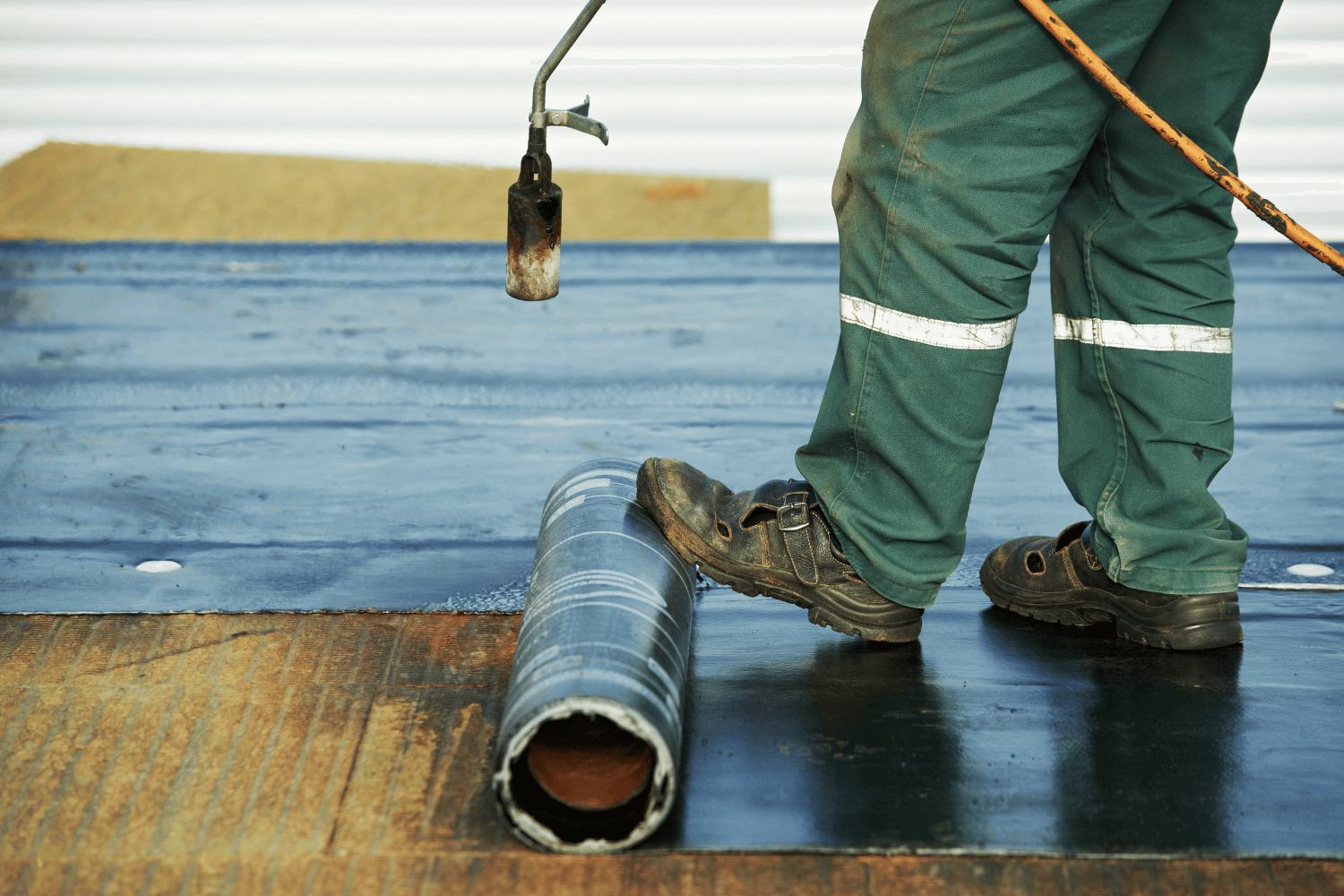
For homeowners looking for more sophisticated drainage solutions, advanced systems like siphonic drainage and tapered insulation offer significant benefits. These options can optimize the performance of flat roof drainage systems, providing more efficient water management and extending the roof’s lifespan.
Siphonic Roof Drainage
A siphonic roof drainage system uses vacuum pressure. This method allows for the quick and efficient removal of water. This system is particularly beneficial for large roofs that experience heavy rainfall, as it can handle significant volumes of water without the need for electrical pumps. Siphonic drainage works by creating a gravity-induced vacuum, allowing water to be removed at high speed. This results in fast water removal and reduced risk of clogging.
Maintaining a siphonic drainage system involves regular cleaning of the pipes to prevent blockages. Properly maintained, these systems offer low maintenance needs and high efficiency, making them an excellent choice for residential flat roofs.
Tapered Insulation
Tapered insulation is used to create a slope on flat roofs, facilitating better water drainage and improving energy efficiency. This method involves installing insulation that gradually increases in thickness, creating a slope without major structural changes. Tapered insulation helps direct water towards drainage points, preventing water accumulation and potential damage.
Tapered insulation not only enhances drainage but also contributes to the roof’s thermal performance, reducing energy costs and improving indoor comfort. This dual benefit makes it a valuable addition to any flat roofing system.
Maintenance Tips for Residential Flat Roof Drainage Systems
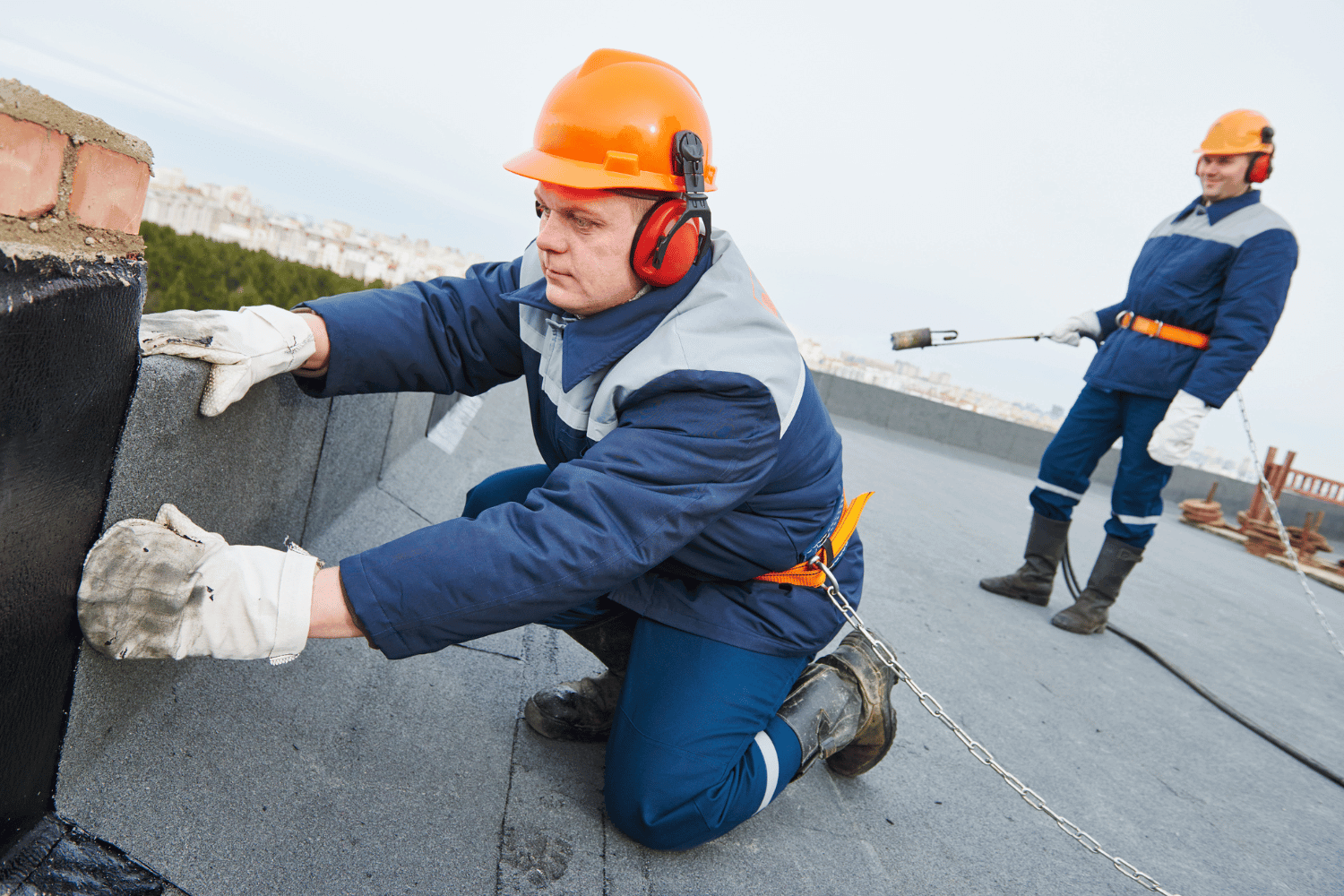
Proper maintenance is key to ensuring the longevity and effectiveness of flat roof drainage systems. Regular inspections, cleaning, and professional maintenance services are essential practices that can prevent issues and keep your drainage system functioning optimally.
Regular Inspections
Regular inspections help identify early signs of damage or clogs. Inspect flat roof drains at least monthly, especially after storms, to catch potential problems early. These inspections should include a thorough examination of the roof’s surface and drainage components to ensure proper functionality.
Visual checks should be performed biannually to identify issues like cracks or pooling water. Regular maintenance of siphonic drainage pipes is also important to prevent blockages and ensure optimal functionality.
Cleaning and Debris Removal
Cleaning and debris removal are essential for maintaining proper drainage on flat roofs. Removing debris from the roof surface helps prevent clogging of the drainage systems. Regular cleaning of drains is necessary to avoid water accumulation and potential leaks.
Regularly clean around drain domes to prevent debris buildup that can block drain water flow. Routine cleaning practices are crucial for maintaining the efficiency of drainage systems and preventing structural damage.
Professional Maintenance Services
Professional maintenance services ensure thorough inspections and repairs, enhancing the longevity of your drainage system. Annual professional inspections can identify hidden issues that regular checks might miss, providing peace of mind and preventing costly repairs.
Choosing the Right Drainage System for Your Home
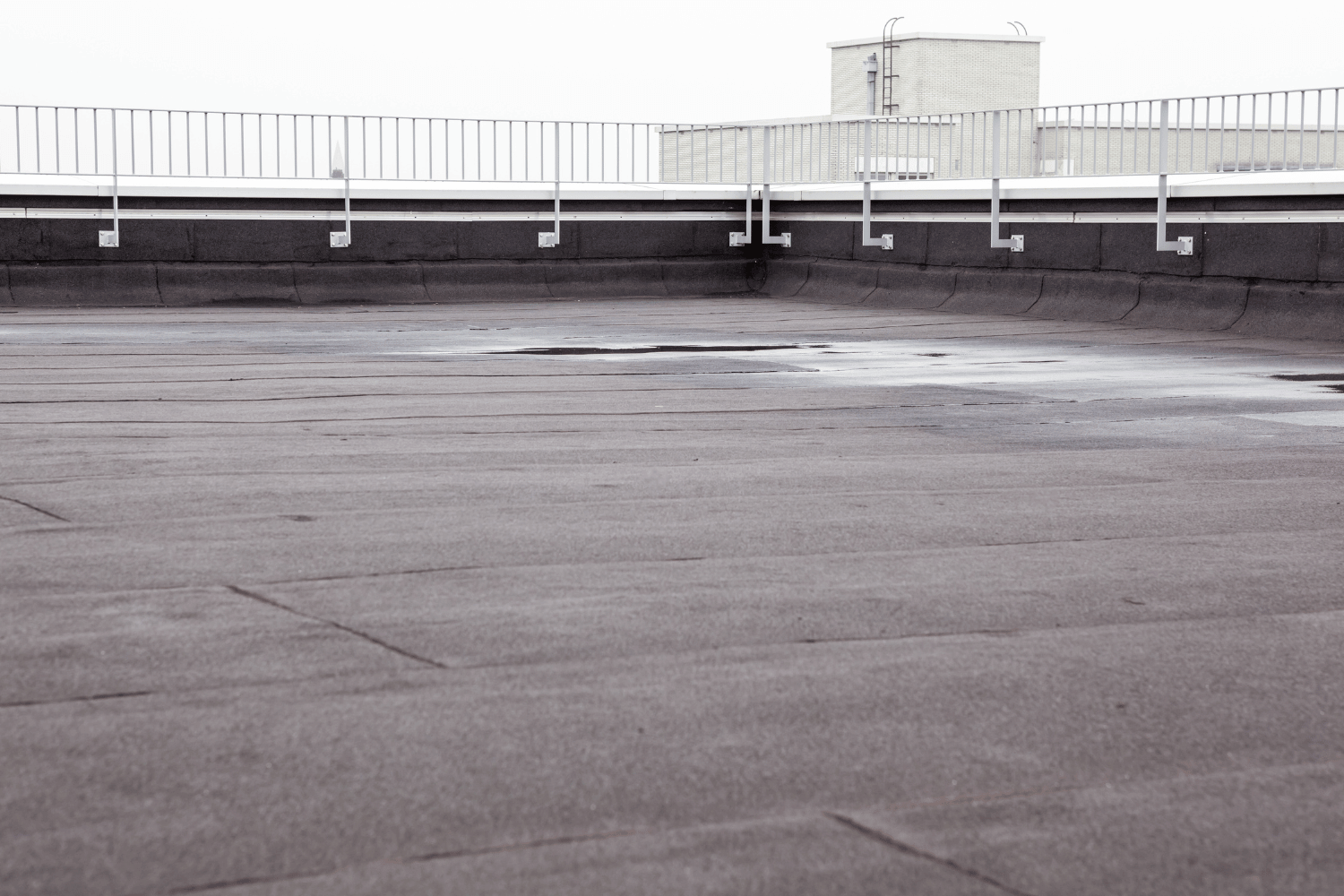
Choosing the right drainage system for your flat roof prevents water accumulation and potential damage. The three main options—scuppers, internal roof drains, and gutters—each have their own benefits and are suited for different roof designs and building structures.
Several factors influence the choice of a drainage system, including roof design, building structure, and local building codes. Understanding the core composition of the roof is crucial for planning the appropriate drainage system.
Consulting with roofing professionals can ensure effective installation and repair of drainage systems, providing optimal protection for your home.
How Waddle Exteriors Can Help
Waddle Exteriors offers free in-home consultations to evaluate residential flat roof drainage systems. With over 40 years of experience, we specialize in residential roofing services, including roof inspection, repair, and installation. Our team is committed to providing high-quality services and ensuring customer satisfaction.
As GAF-certified professionals, we ensure that our customers receive the best solutions. Our team also assists with insurance processes, making the experience seamless and adding extra value to our service.
With a customer satisfaction rating of 4.9 based on 465 reviews, Waddle Exteriors is dedicated to exceeding your expectations.
Summary
Proper drainage is essential for maintaining the integrity and longevity of flat roofs. By understanding the various drainage systems available, including internal drains, scuppers, and gutters, as well as advanced solutions like siphonic drainage and tapered insulation, you can make informed decisions to protect your home. Regular maintenance, including inspections and cleaning, is crucial to ensure these systems function effectively.
Waddle Exteriors is here to help with expert services and high-quality products. Our team is dedicated to providing exceptional roofing services and ensuring your home’s safety and durability. Trust us to guide you in choosing and maintaining the best drainage solution for your flat roof.
Frequently Asked Questions
Why is proper drainage important for flat roofs?
Proper drainage is crucial for flat roofs as it prevents water accumulation, which can cause leaks, structural damage, and deterioration of roofing materials. Ensuring effective drainage protects the integrity and longevity of the roof.
What are the common drainage systems for flat roofs?
Common drainage systems for flat roofs include internal drains, scuppers, and gutters, which are essential for effectively managing water runoff. Choosing the right system will ensure proper drainage and prevent potential water damage.
How often should flat roof drains be inspected?
Flat roof drains should be inspected at least monthly, particularly after storms, along with biannual visual checks. Regular inspections help prevent potential drainage issues and maintain the integrity of the roofing system.
What are the benefits of siphonic roof drainage?
Siphonic roof drainage significantly enhances water removal efficiency, requires minimal maintenance, and is resistant to clogging, making it particularly beneficial for large roofs subject to heavy rainfall.
How can Waddle Exteriors assist with flat roof drainage?
Waddle Exteriors can assist with flat roof drainage by providing free consultations, expert services, and high-quality products tailored to ensure effective drainage solutions. Their expertise ensures that your flat roof remains functional and free from water accumulation issues.

